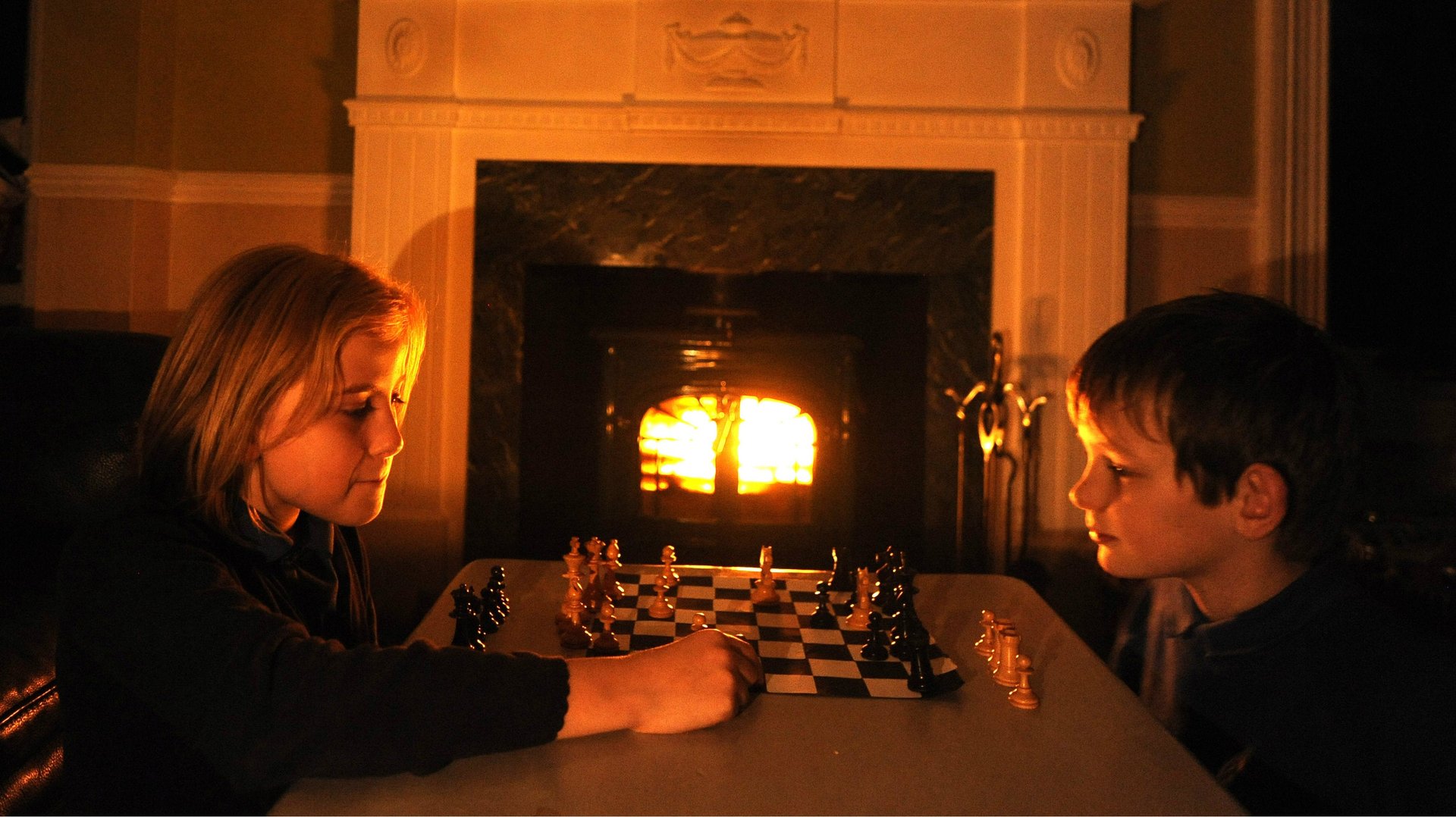What if the Danes’ secret to happiness is largely about bad weather?
Romanticizing Scandinavians’ way of life is becoming a popular pastime. Sweden has the best parental leave policy in the world. Finland’s education system magically mixes low pressure and high achievement. And the Danes, the happiest people in the world, have hygge.


Romanticizing Scandinavians’ way of life is becoming a popular pastime. Sweden has the best parental leave policy in the world. Finland’s education system magically mixes low pressure and high achievement. And the Danes, the happiest people in the world, have hygge.
Hygge, a concept that equates to something like fire-lit cozy intimacy, has been lauded in a spate of books as something the rest of the world should learn from. But what if it is more about Denmark’s weather than it is about a collective sense of contended co-dependence and community?
That’s the argument Zoe Williams makes in the Guardian, reviewing The Book of Hygge by Louisa Thomsen Brits, the latest installment in the craze.
“Hygge practices are, broadly, things that we do that our ancestors would recognise; besides lighting fires, eating, drinking, eating cake and drinking things that are hot,” she writes. “Yet there is certainly a Danish specificity in the prominence of pyromania, and principles crop up repeatedly that are highly specific to the Scandinavian climate.”
Williams looks at a few books on the hygge list, including The Little Book of Hygge by Meik Wiking, which notes some of the downsides of hygge, namely that it is based on small groups which can be pretty exclusionary. That suggests that its comforting nature may have as much as anything to do with being in a tight-knit, familiar group of friends or family, and that the fire, hot cocoa, and artfully woven woollen blankets are more the trappings of hygge than the source of it.
There’s also the obvious point that hygge doesn’t happen very easily on a warm day, when the inclination may not be to light a fire, bake cake, and retreat from the elements. It’s hard to imagine hygge in, say, Hawaii. It follows, then, that hygge may not be a deliberate way of life so much as a response to prevailing conditions, and one that it’s pointless trying to recreate elsewhere.
That’s not to say there aren’t things to learn from other cultures. Sweden’s remarkable parental leave policy has contributed to it being one of the most equitable on gender, and Finland’s education system is worthy of study for how it has elevated the professionalization of teaching.
But it’s also worth remembering that Finland is about the size of Minnesota, and Sweden and Denmark are remarkably gloomy for much of the year. Also, they have a strong social safety net—good schools, affordable and adequate medical care, care for the elderly, and long holidays. Almost by law they should be happier.
Perhaps, then, the craze for hygge is just a manifestation of the desire to be more connected. Westerners generally live in less cohesive communities than they did a few decades ago, and technology dominates their waking hours, which is both isolating and overwhelming.
So connect more. If you were scouting for a movie set, the Danes’ high-design, fire-blazing homescapes, with their preternaturally beautiful people, would probably win. But if you live in a more forgiving clime, some sun and a street party with the whole neighborhood might be just as good.